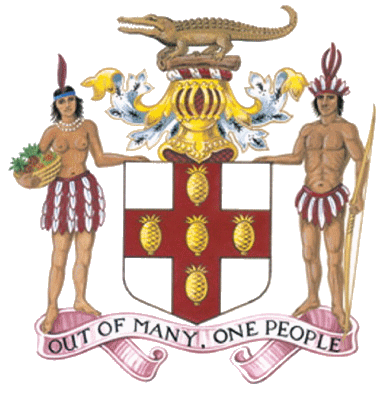National Comprehensive Numeracy Programme
NCB Maths Project Scope Sequence of Content
The performance of our students in Mathematics continues to be a concern for all Jamaicans. One of the guaranteed strategies which can be implemented to improve student outcomes in changing the way in which we engage our students in the classroom. Below find a list of points to consider in planning your lesson. This list has been developed by Dr. Camella Buddo (lecturer at the University of the West Indies) with inputs from members of the Ministry of Education
- Provide students with many opportunities to use visual and concrete models to develop an understanding of the mathematical concepts.
- Focus lesson on the development of concepts rather than on the memorisation of algorithms
- Use instructional strategies and activities which promote the development of higher-level thinking skills.
- Consistently make connections between the concepts being taught and the students’ prior experiences, knowledge and skills, and intuitive understanding.
- Teach the concepts within a context.
- Engage students in individual, small group and whole-class learning.
- Engage students in conversations about their solution strategies for problem-solving.
- Use techniques that have students guess and refine their thinking, and estimate the reasonableness of their solutions.
- Use games and storybooks to create motivation and to introduce and consolidate skills or understanding and to provide a context for learning.
- Provide opportunities for students to develop their own algorithms using both written and mental methods to find the result of an arithmetic operation.
- Engage students in tasks that require the use of a variety of multiple intelligences and cater to students’ learning styles.
- Involve students in the use of technology to identify (number) patterns and to check the results of their written or mental computations.
- Avoid asking questions which only require a ‘yes’ or ‘no’ response
- Ensure that you ask follow up questions – ‘Why do you think so?’, ‘Is there another way we could have approached that problem?’, ‘ What would happen if…?’
- Direct specific questions to specific students – avoid choral responses
Links to Other Resources
Free Mathematics Software for Teaching and Learning
Teaching Resources
Effective Mathematics Teaching Practices and Standard for Mathematical Practices
Effective Mathematics Teaching Practices (EMTP)
- https://www.nctm.org/uploadedFiles/Standards_and_Positions/PtAExecutiveSummary.pdf
- https://www.nctm.org/Conferences-and-Professional-Development/Principles-to-Actions-Toolkit/Resources/7-EffectiveMathematicsTeachingPractices/
- https://www.nctm.org/uploadedFiles/Conferences_and_Professional_Development/Institues/Pre-K_Grade_12_Common_Core_Series/Huinker-ElementaryKeynote_presentation.pdf
Standard for Mathematical Practices(SMP)
- http://www.corestandards.org/Math/Practice/
- https://www.insidemathematics.org/common-core-resources/mathematical-practice-standards
- https://bes.buncombeschools.org/academics/the___new__math/8_mathematical_practices
- https://achievethecore.org/peersandpedagogy/wp-content/uploads/2016/06/Implementing-Standards-for-Mathematical-Practices-Updated-2016.pdfhttps://achievethecore.org/peersandpedagogy/wp-content/uploads/2016/06/Implementing-Standards-for-Mathematical-Practices-Updated-2016.pdf
- http://www.nysed.gov/common/nysed/files/standards-for-mathematical-practice.pdf

